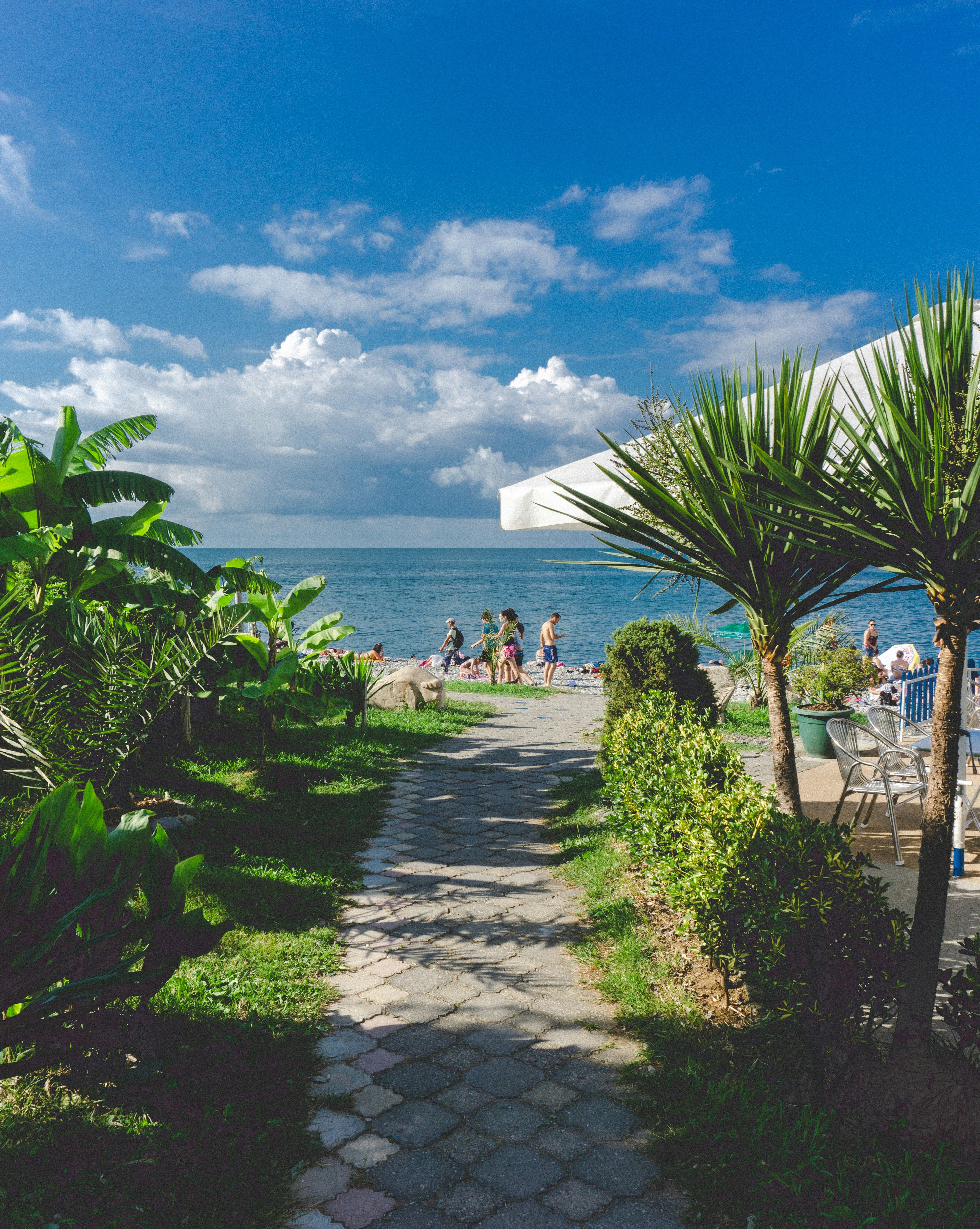The Local Public's Opinion Regarding the Woods
Pforzheim City Forest Adapts to Climate Change through Sustainable Management
Pforzheim, Germany - In a concerted effort to combat climate change and maintain the city's natural living conditions, members of the Planning and Environmental Committee, along with city councilors, administration representatives, and Environmental Mayor Tobias Volle, embarked on a tour of the Klapfenhardt district of the city forest last Thursday. Forest administrator Mario Seefelder guided the group as they assessed current management practices and strategies for mitigating the impacts of climate change—a crucial aspect of the upcoming ten-year forest management plan.
Volle emphasized the importance of sustainably managing the city forest, stating, "Our city forest is more than just a place for leisure; it plays a vital role in climate protection and maintaining our natural environment." Acknowledging the need for future-oriented forestry, Seefelder expressed the overarching goals for the coming decade: "We will prioritize natural processes, recreational functions, and biodiversity over timber harvesting."
This strategy involves purposefully leaving unharvested trees to serve as habitat for various species. Additionally, the promotion of climate-resistant tree species will be significant. Seefelder singled out the oak as a species that will be increasingly supported for its drought-resistance and crucial animal habitat.
Addressing traffic safety concerns in the face of climate change, Seefelder reported that adapting forest management to climatic changes requires substantial personnel and financial resources to forestall hazards from falling trees or broken branches. Monitoring is particularly focused along roads, buildings, and recreational facilities, with forest visitors urged to remain vigilant of the typical forest risks, as stated by the Baden-Württemberg State Forest Law.
Regarding the forest's future vitality, natural regeneration is essential. As deer can hinder young tree growth by browsing, hunting remains a central instrument for forest development. Although a lynx was recently detected in the city forest, it currently has no impact on the deer population. From 2027, independent hunting will again be conducted in certain areas of the city forest, per the city council's decision in December.
Plantings are required in cases where natural regeneration fails to occur. However, this is costly and risky. Forest district leader Hans-Michael Schmitt stated that a planting currently costs approximately 30,000 to 35,000 euros per hectare. In light of this, prioritization is given to natural regeneration, with specific planting projects shared during the tour, such as last year's year-class coppice and a crowdfunded area cooperatively developed with the city youth council.
Foerster Schmitt concluded the tour by emphasizing ecological diversity: "A seemingly disordered forest protects the soil from drying out and offers habitats for countless insects, fungi, and other organisms." The promotion of biodiversity is a key component of current forest management for the benefit of future generations.
In integrating sustainability, biodiversity, and traffic safety into urban planning, the Pforzheim City Forest demonstrates a model for sustainable management of both natural and urban spaces, improving local quality of life while enhancing environmental resilience.
Related initiatives could be applied in Pforzheim, such as the cross-sectoral MISSION CE CLIMATE project, which encourages collaborative responses to climate change, including forestry, urban planning, and community engagement. In addition, the incorporation of green spaces and green roofs in urban areas can enhance biodiversity and combat the urban heat island effect. Developing urban biodiversity plans that integrate forest and urban ecosystems can also protect and improve local species diversity. Lastly, collaborating with local universities can provide valuable insights and innovations through student projects and research initiatives.
- Embracing the collaborative spirit of the MISSION CE CLIMATE project, the Pforzheim city government could explore interdisciplinary solutions to climate change, including the integration of environmental-science principles into urban planning and lifestyle choices.
- To combat the urban heat island effect and promote biodiversity, Pforzheim could consider implementing home-and-garden green solutions, such as green roofs and native plantings that cater to climate-change resilient species of local insects, fungi, and other organisms.
- By fostering partnerships with local universities and environmental-science programs, Pforzheim would benefit from student research projects and innovative ideas related to climate-change mitigation within both the city's forested areas and urban landscapes, ultimately enhancing the city's lifestyle, home-and-garden spaces, and overall environmental resilience.




